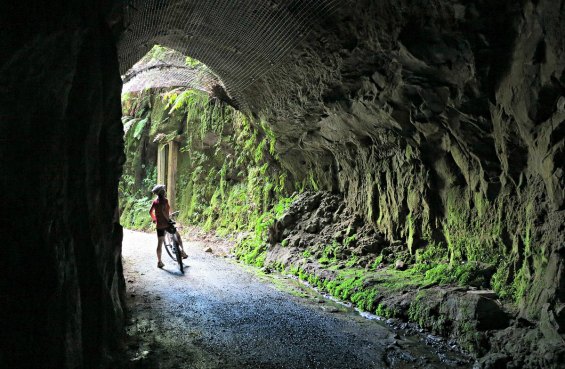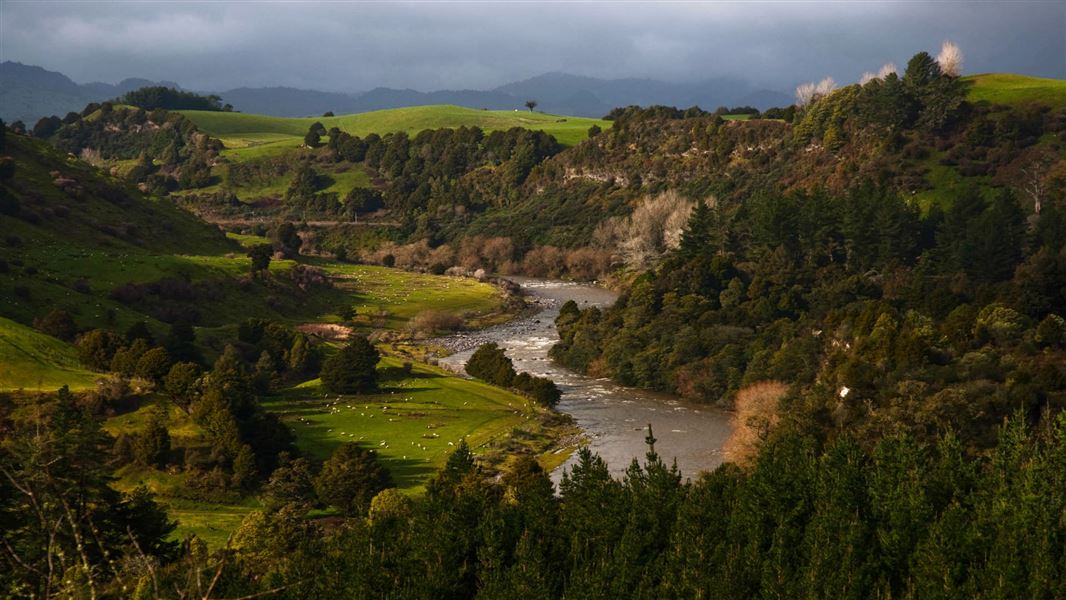The Ellis & Burnand operation at Ongarue was a major Central North Island timber industry operation in both scale and longevity.They were one of the largest native timber companies in the country, and almost certainly the leading producer of rimu timber.
The extensive old forests of New Zealand provided the timber trade with enough resources to establish it as a major pioneering industry.
Until the late 1940s bush tramways were the principal method of transporting felled timber. Around 1000 bush tramways once operated throughout the country. Most of the tram routes have been destroyed as they were replaced with roads or as land was converted to farms and plantation forests.
Unlike most other bush tram routes, much of the Ongarue tram system survives unmodified, making it a nationally significant site which represents an important part of the timber industry and pioneering New Zealand.
The old tram route with its numerous cuttings, embankments and stream crossings, winds through picturesque natural bush.
The spiral is one of the most spectacular sections. An impressive sight, it comprised a lower-level bridge, a very deep cutting, a curved tunnel, a complete circle of track and an over-bridge.

The curved tunnel in the Ongarue Spiral
Image: Amelia Willis | DOC
Getting there
The site is located south of Hamilton between Te Kuiti and Taumarunui in the south-western part of Pureora Forest Park.
The full length of the tramway is now part of The Timber Trail: Pureora - Ongarue, which visitors can walk or bike.
Further reading
A national history overview on bush tramways is published: Mahoney, P, 1998, The Era of the Bush Tramway in New Zealand, IPL, Wellington. This book identifies the high national value of the Ongarue Tramway as a heritage site.
Read more about Bush trams on the Te Ara Encyclopedia of NZ website
